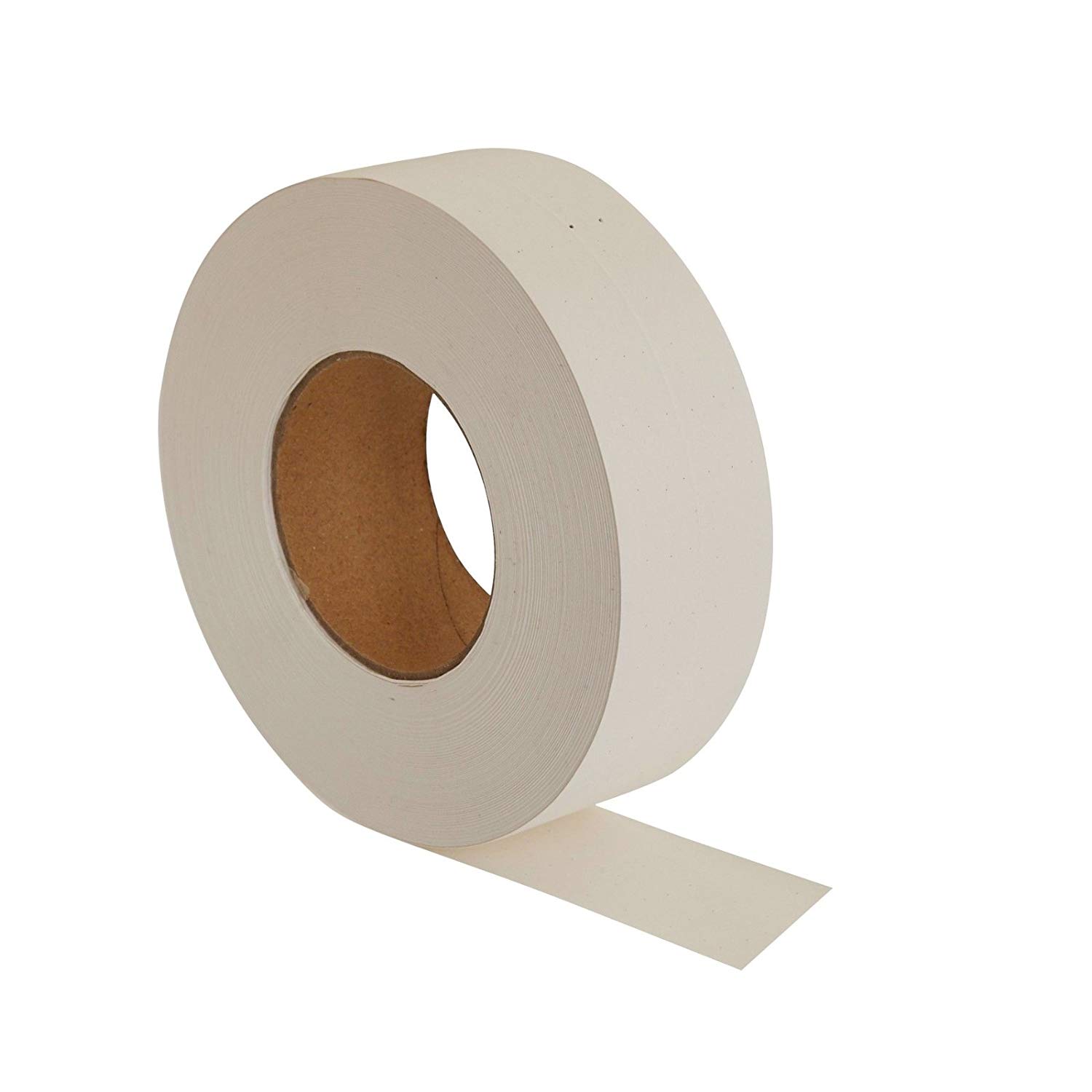Plasterboard Tapes for Jointing
(4 Products)When attaching plasterboard to walls or ceilings, the detail between sheets is critically important. Plasterboard Tapes are simply indispensable in drylining; their primary purpose is to seal gaps and prevent cracks from forming after a plaster finish has been applied. This process is known as ‘tape and jointing'. For a professional finish, it's imperative to use the right plasterboard joint tape. Choose from our vast range of plastering tapes to suit your application.
Different Types of Plasterboard Tapes
- Scrim Tape: Designed for lightweight and heavy-duty applications.
- Paper Jointing Tape: Traditional and cost-effective.
- Metal Corner Tape: Prevents chipping and adds strength to vulnerable corners.
- Mesh Tape: Ideal for drywall seams and corners.
- Fibreglass Tape: Exceptionally strong and resistant to cracking.
Benefits of Using Plasterboard Tapes
- Strengthens Drywall Joints: Reinforces seams and prevents cracking.
- Prevents Cracks and Blisters: Ensures a durable and smooth finish.
- Seam Reinforcement: Provides stability in high-stress areas.
- Easy to Apply: User-friendly and suitable for DIYers.
- Compatibility with Different Joint Compounds: Works well with various finishes.
Plasterboard Tape Applications
Plasterboard tapes are essential for various applications in the construction and renovation industry, including:
- Drywall Installation: Taping and finishing drywall joints to create a seamless surface for painting or texturing.
- Crack Repair: Fixing cracks or damaged areas in existing drywall.
- Corners and Edges: Reinforcing and finishing corners, edges, and other vulnerable parts of plasterboard.
- Ceiling Work: Taping and finishing ceiling drywall joints to create a smooth and attractive surface.
Frequently Asked Plasterboard Tapes Questions
Frequently Asked Questions About Plasterboard Tapes
What Type of Plasterboard Tape Should I Use?
Consider how much time you have to complete the task as well as the kinds of joints you'll be tackling when determining which form of tape is best for you.
If you need to decorate a space fast, scrim tape's self-adhesive properties make it the ideal option because taping and jointing will be quicker.
Paper tape, on the other hand, is less expensive so it may be best suited to those on a budget.
Scrim tape has two primary disadvantages when compared with paper tape: it cannot be folded as neatly along its length as paper tape can. It is possible to fold mesh tape, although doing so by hand may be difficult. It is also not as strong or durable as paper tape.
How Essential Is Using Plasterboard Joint Tape?
Applying joint tape and compound to your plasterboard panels is essential for a perfect hold and finish. Always choose the appropriate products and follow the manufacturer's guidance to ensure reliable results.

.jpg)



